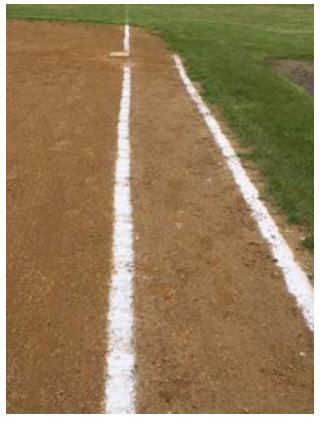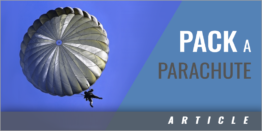| The Running Lane Rule |
| By: Bob McCreary
Provided by: Baseball By The Yard
If the base is completely in fair territory, how can the runner stay between the lines and hit first base? In fact, a runner must come outside the lane in order to touch first base. I have never been thrown out of a game. The closest I have come has been on a couple plays where my runner was hit by the ball on his last step approaching the bag. Each was called out because the ump said, "the runner was in fair territory." Here are some scenarios involving this kind of play and what the call should be. I found this at the following site: http://www.qcbaseball.com/rules/running-lane.aspx • Correct call: runner is safe • Runner runs to first running outside the running lane and is hit with the ball before touching first base. • Correct call: runner is out(So far, so good, fairly straight forward in those two situations.) • Fielder sees that the runner is running out of the running lane and is in the way of the throw, so he holds the ball and doesn't make the throw. • Correct call: runner is safe • Explanation: In the rule you'll notice that interference is "with the fielder taking the throw at first base". So if there is no throw, then there is no interference. • Runner runs to first running inside the running lane and is hit with the ball before touching first base on his last step as he moves over to touch first base. • Correct call: runner is safe • Explanation: The runner is allowed to move over out of the running lane to touch first base and clearly if he is moving over at the end of the running lane, his intent is to touch first base and not interfere with the throw. • First baseman sets up in foul territory to receive the throw from the catcher on a dropped third strike. Runner runs to first running outside the running lane (to the left in fair territory) and is hit with the ball before touching first base. • Correct call: runner is safe • Explanation: The runner is allowed to exit the running lane in order avoid a fielder, which in this case is a first baseman who is standing directly in the running lane. Since the runner is running to the left of the running lane he is not intentionally trying to interfere with the throw or the first baseman and should be called safe. • First baseman sets up in foul territory to receive the throw from the catcher on a dropped third strike. Runner runs to first running outside the running lane (to the left in fair territory) and then moves into the running lane and is hit with the ball before touching first base. • Correct call: runner is safe • Explanation: If in the judgment of the umpire, the runner made an "egregious" move where it is obvious that he is deliberately trying to be hit by the ball or interfering with the first baseman's ability to catch the ball, then the runner should be called out. But the runner is protected by the running lane and that move alone to get back in the running lane should not be construed as "intent". |







